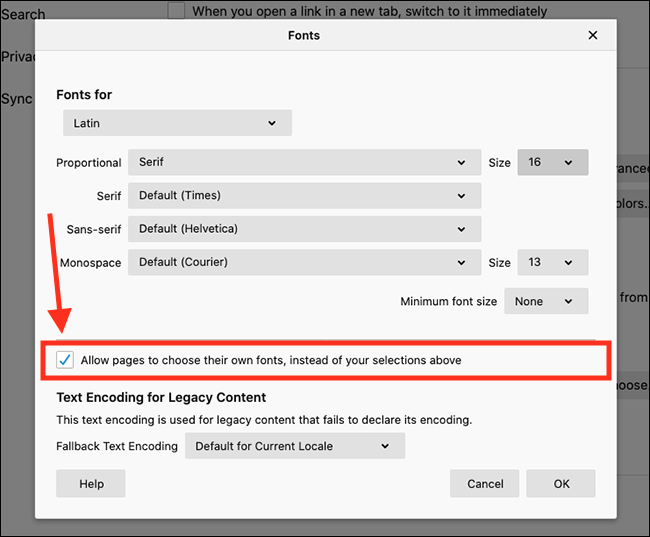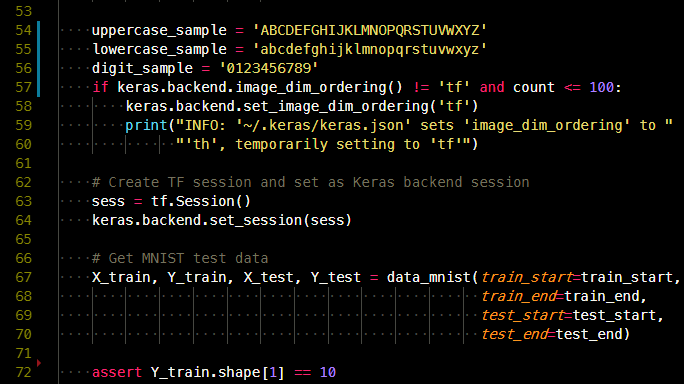

- #How do you set the defaut font in pages for mac iso
- #How do you set the defaut font in pages for mac plus
- #How do you set the defaut font in pages for mac series
This model was very successful in the market, which sparked a variety of VT100 clones, among the earliest and most popular of which was the much more affordable Zenith Z-19 in 1979. The first popular video terminal to support these sequences was the Digital VT100, introduced in 1978. In 1994, ANSI withdrew its standard in favor of the international standard.
#How do you set the defaut font in pages for mac iso
These two standards were merged into an international standard, ISO 6429. The ANSI X3L2 committee collaborated with the ECMA committee TC 1 to produce nearly identical standards. The name "ANSI escape sequence" dates from 1979 when ANSI adopted ANSI X3.64.
#How do you set the defaut font in pages for mac series
It was a continuation of a series of character coding standards, the first one being ECMA-6 from 1965, a 7-bit standard from which ISO 646 originates.

The first standard in the series was ECMA-48, adopted in 1976. The ANSI standard attempted to address these problems by making a command set that all terminals would use and requiring all numeric information to be transmitted as ASCII numbers. In addition, many of these terminals required sending numbers (such as row and column) as the binary values of the characters for some programming languages, and for systems that did not use ASCII internally, it was often difficult to turn a number into the correct character. While the two terminals had identical functionality in this regard, different control sequences had to be used to invoke them.Īs these sequences were different for different terminals, elaborate libraries such as termcap ("terminal capabilities") and utilities such as tput had to be created so programs could use the same API to work with any terminal. The Hazeltine 1500 had a similar feature, invoked using ~, DC1 and then the X and Y positions separated with a comma.
#How do you set the defaut font in pages for mac plus
One example is the VT52 terminal, which allowed the cursor to be placed at an x,y location on the screen by sending the ESC character, a Y character, and then two characters representing with numerical values equal to the x,y location plus 32 (thus starting at the ASCII space character and avoiding the control characters). 3.5 OSC (Operating System Command) sequencesĪlmost all manufacturers of video terminals added vendor-specific escape sequences to perform operations such as placing the cursor at arbitrary positions on the screen.3.4.1.4 Unix environment variables relating to color support.3.4 SGR (Select Graphic Rendition) parameters.3.3 CSI (Control Sequence Introducer) sequences.Apple built a completely new platform for Notes to enable these features, so users won’t be able to sync their notes to Macs running versions of macOS prior to 10.11 El Capitan, or to iDevices running a version prior to iOS 9. The increased flexibility in changing the font style and size of your Notes comes with a small price in terms of compatibility. The change will apply to your existing notes in addition to any new notes you create. Move the slider to the left to make the default text size smaller, or move it to the right to make the default text size bigger. The Notes Preferences window will appear and you’ll see a slider option labeled Default text size.

To do so, launch the Notes app and head to Notes > Preferences in the menu bar (or use the keyboard shortcut Command. If you want all of your notes to start with a larger font size, you can set that option as well in the Notes Preferences. The steps above allow you to change the font of selected parts of your notes, but new notes will revert back to the original default size. Change the Default Font Size in Notes for macOS In addition to using the Fonts window, you can use standard formatting keyboard shortcuts to modify your Notes text, such as Command-B for bold, Command-I for italics, or Command-= to increase size. This will open the default macOS font window, where you can choose to format your selected text with any installed font at any size. With your text selected, go to Format > Font > Show Fonts from the menu bar, or use the keyboard shortcut Command-T. Next, use your mouse or trackpad cursor to select some subset of your note, such as a word or sentence.

To try it out, open an existing note or create a new note and type some text. Unlike older versions of the Notes app, which used a single font for all notes, the more advanced version of Notes found in macOS Sierra lets you change the font of individual words or lines within a note, just like you can with a word processor like Pages. Change Font and Size for Selected Text in Notes for macOS


 0 kommentar(er)
0 kommentar(er)
